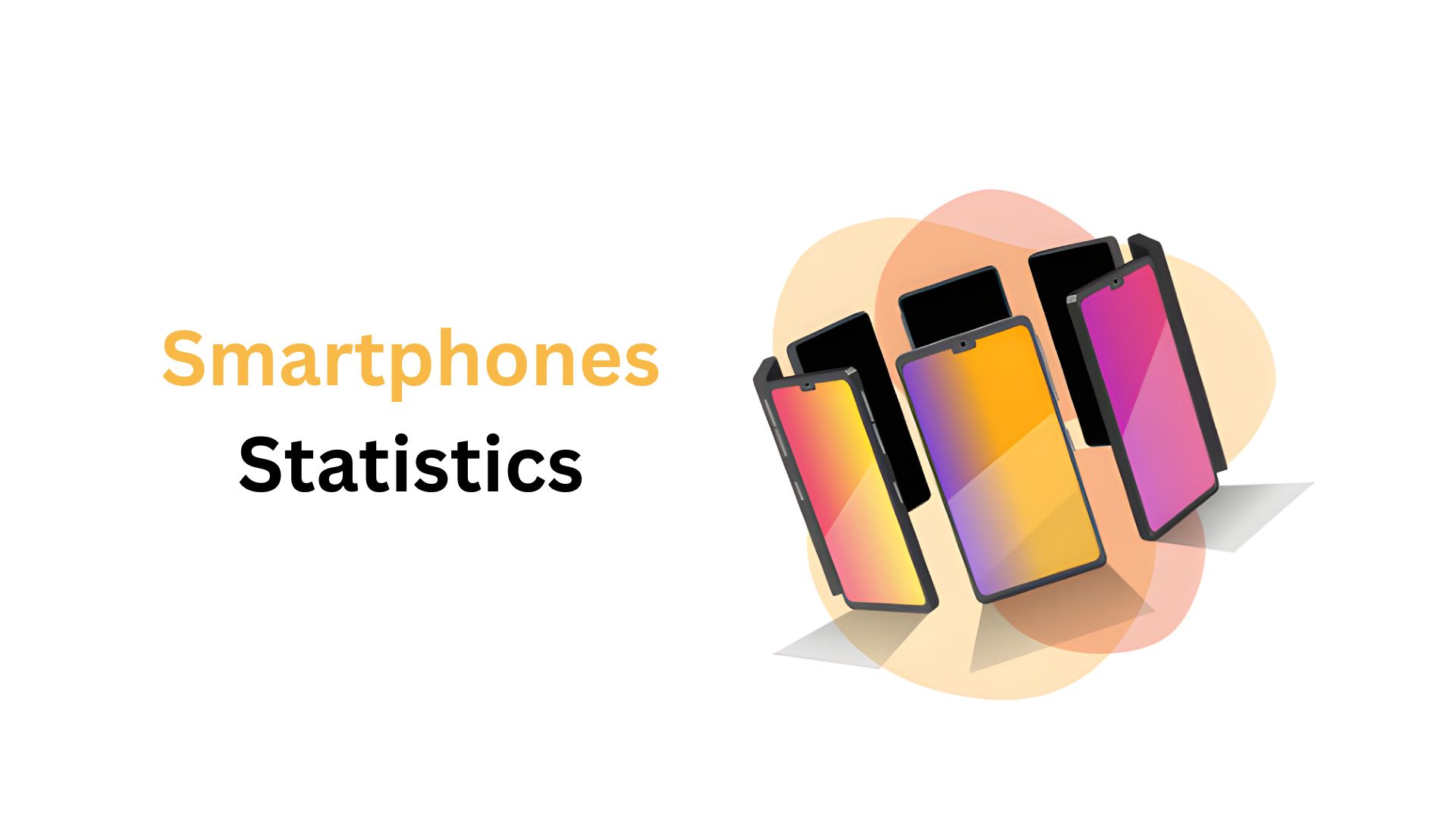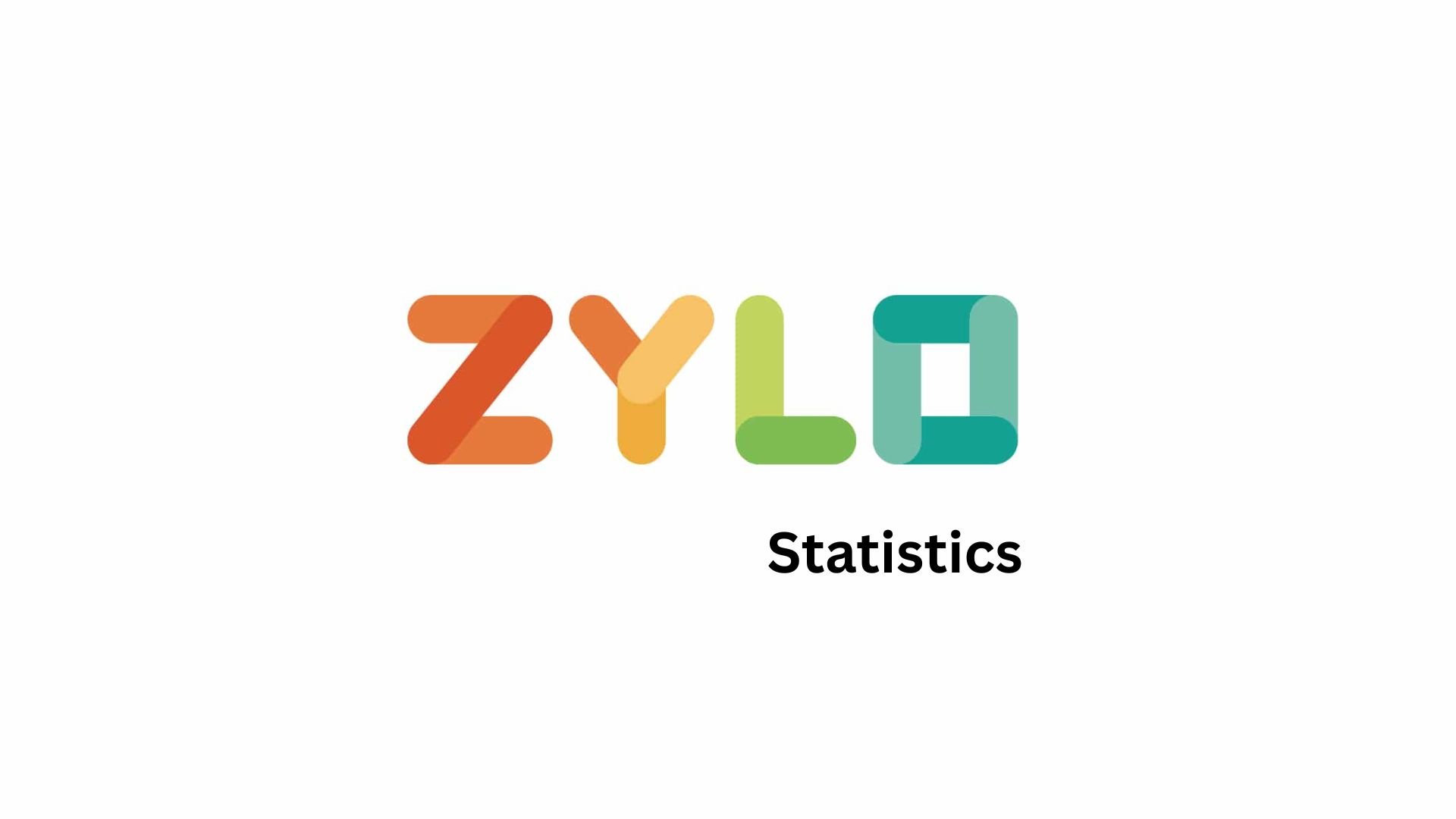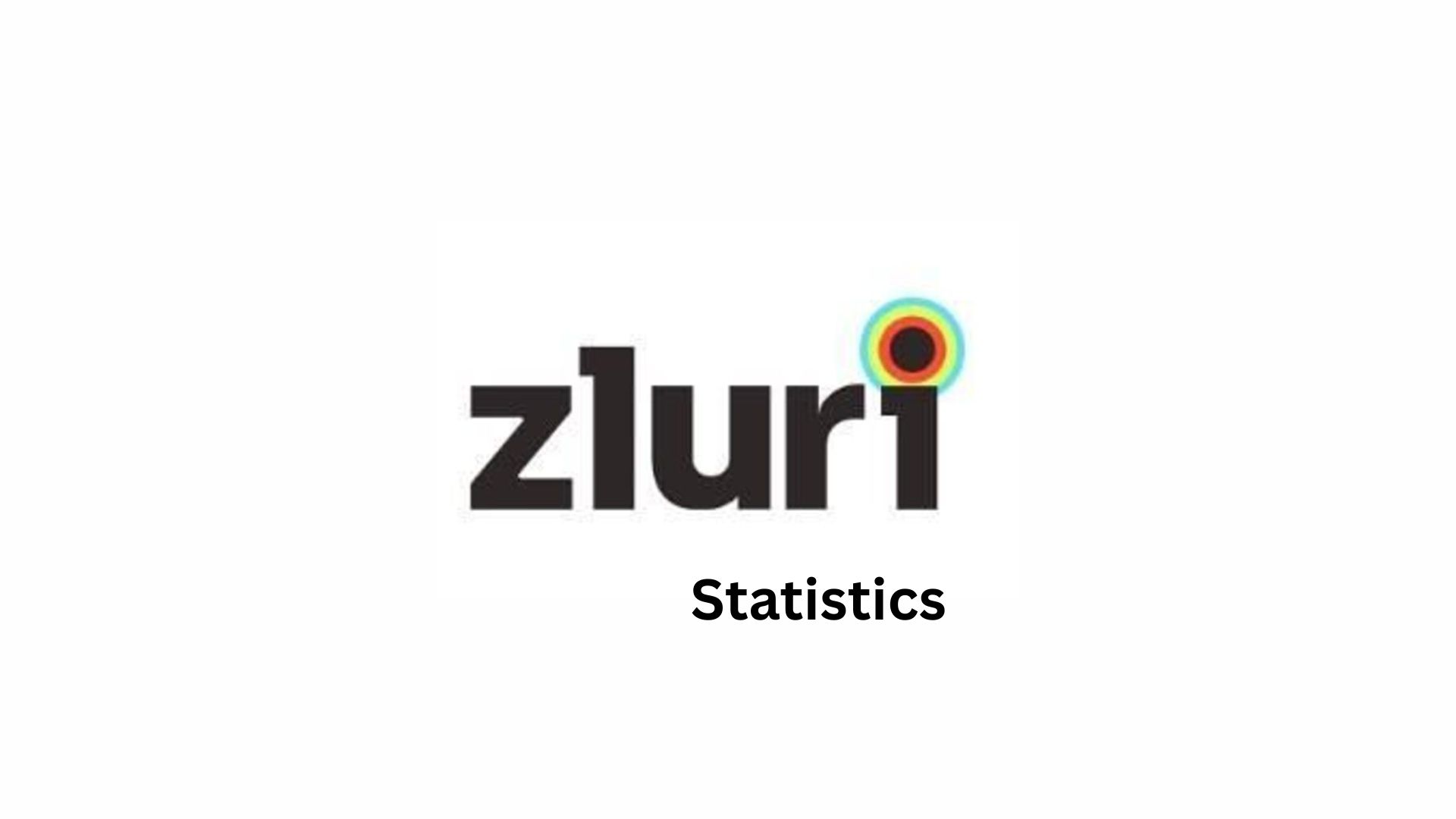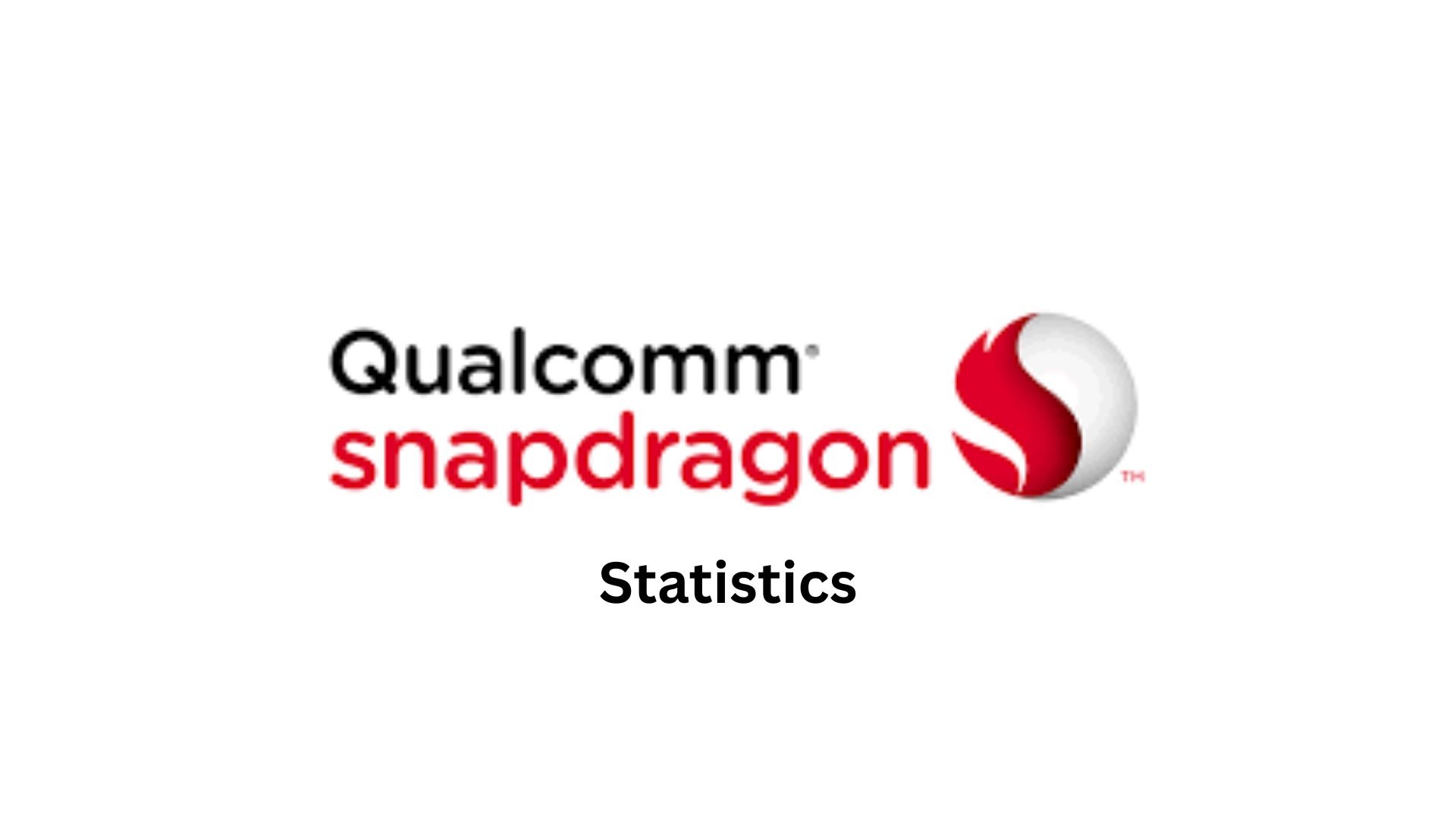How Many Languages Does ChatGPT Support?
Updated · Jul 28, 2025
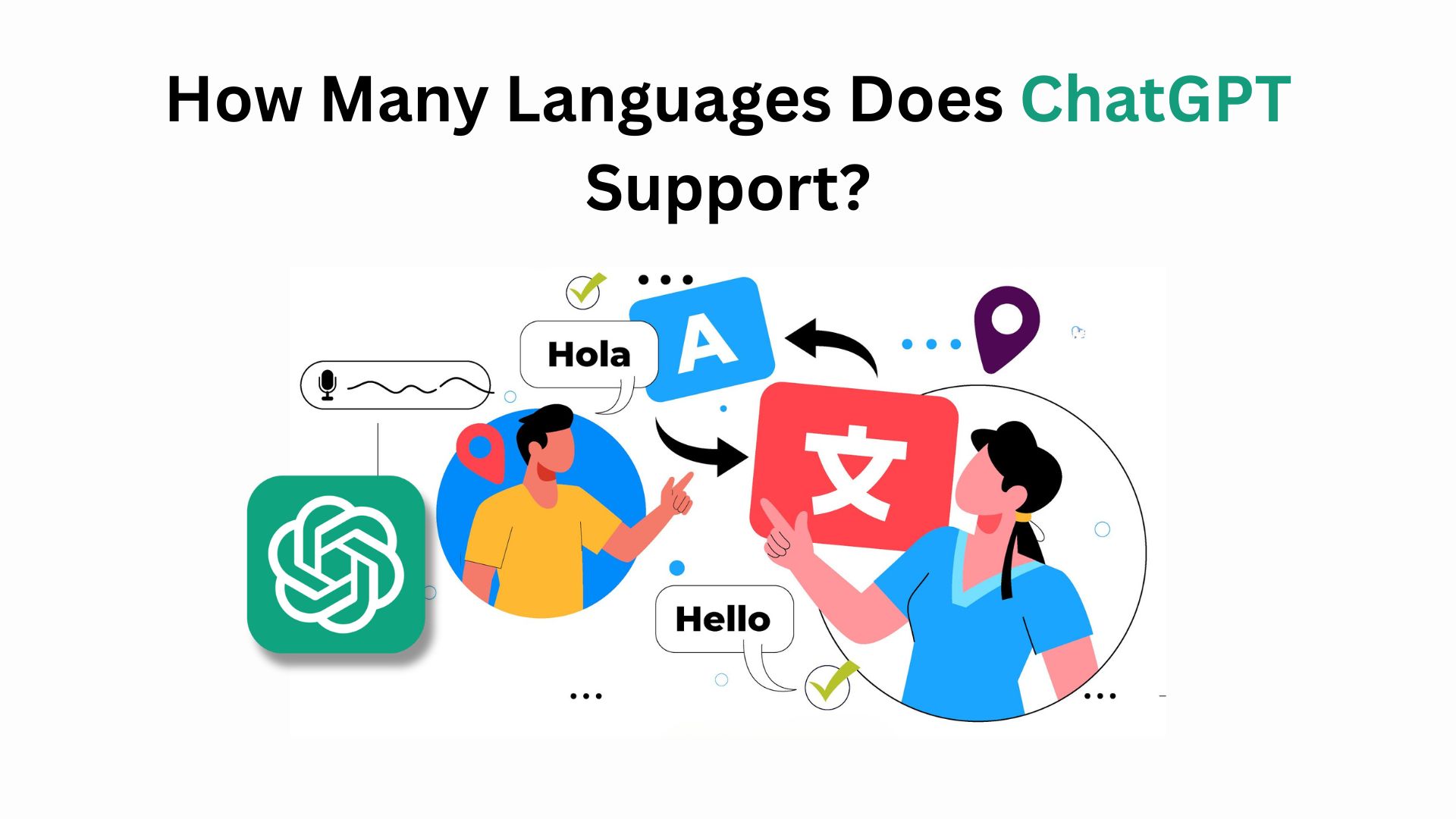
Table of Contents
Introduction
The world-renowned OpenAI has brought forth ChatGPT: a new AI chatbot that produces fairly human-like responses, does translations from one language to another, concocts other creative forms of content, and provides information on many topics. Another feature that most of us consider miraculous: it functions across multiple languages. Although English is where it shines the most, ChatGPT can comprehend and communicate in many languages, thus becoming a formidable tool for international communication and forging connections.
Editor’s Choice
- There are officially 58 languages supported by ChatGPT, considered to be the mother tongues of about 4.5 billion people across the world.
- Real-world testing and user feedback suggest the AI can understand and respond in more than 95 languages, including several programming languages.
- It uses deep learning, particularly transformer-based neural networks, to recognise patterns in language and generate contextually relevant responses.
- ChatGPT is well-versed in numerous programming languages, alongside natural languages, including Python, JavaScript, Java, HTML, C++, R, and C#.
- Its best-aid translation is in high-resource languages such as English and Spanish, while the quality starts to deteriorate when it comes to low-resourced or rare languages.
- Such a performance gap has been established by Microsoft’s study-giving preferential consideration to underrepresented languages.
- OpenAI is working with governments and other organisations to gather diverse language data for improving multilingual performance.
Overview of ChatGPT Languages And Countries
| Number | Language | Country | Local Translation |
| 1 | Albanian | Albania | Shqip |
| 2 | Arabic | Arab World | العربية |
| 3 | Armenian | Armenia | Հայերեն |
| 4 | Awadhi | India | अवधी |
| 5 | Azerbaijani | Azerbaijan | Azərbaycanca |
| 6 | Bashkir | Russia | Башҡорт |
| 7 | Basque | Spain | Euskara |
| 8 | Belarusian | Belarus | Беларуская |
| 9 | Bengali | Bangladesh | বাংলা |
| 10 | Bhojpuri | India | भोजपुरी |
| 11 | Bosnian | Bosnia and Herzegovina | Bosanski |
| 12 | Brazilian Portuguese | Brazil | português brasileiro |
| 13 | Bulgarian | Bulgaria | български |
| 14 | Cantonese (Yue) | China | 粵語 |
| 15 | Catalan | Spain | Català |
| 16 | Chhattisgarhi | India | छत्तीसगढ़ी |
| 18 | Chinese | China | 中文 |
| 19 | Croatian | Croatia | Hrvatski |
| 20 | Czech | Czech Republic | Čeština |
| 21 | Danish | Denmark | Dansk |
| 22 | Dogri | India | डोगरी |
| 23 | Dutch | Netherlands | Nederlands |
| 24 | English | United Kingdom | English |
| 25 | Estonian | Estonia | Eesti |
| 26 | Faroese | Faroe Islands | Føroyskt |
| 27 | Finnish | Finland | Suomi |
| 28 | French | France | Français |
| 29 | Galician | Spain | Galego |
| 30 | Georgian | Georgia | ქართული |
| 31 | German | Germany | Deutsch |
| 32 | Greek | Greece | Ελληνικά |
| 33 | Gujarati | India | ગુજરાતી |
| 34 | Haryanvi | India | हरियाणवी |
| 35 | Hindi | India | हिंदी |
| 36 | Hungarian | Hungary | Magyar |
| 37 | Indonesian | Indonesia | Bahasa Indonesia |
| 37 | Irish | Ireland | Gaeilge |
| 38 | Italian | Italy | Italiano |
| 39 | Japanese | Japan | 日本語 |
| 40 | Javanese | Indonesia | Basa Jawa |
| 41 | Kannada | India | ಕನ್ನಡ |
| 42 | Kashmiri | India | कश्मीरी |
| 43 | Kazakh | Kazakhstan | Қазақша |
| 44 | Konkani | India | कोंकणी |
| 45 | Korean | South Korea | 한국어 |
| 46 | Kyrgyz | Kyrgyzstan | Кыргызча |
| 47 | Latvian | Latvia | Latviešu |
| 48 | Lithuanian | Lithuania | Lietuvių |
| 49 | Macedonian | North Macedonia | Македонски |
| 50 | Maithili | India | मैथिली |
| 51 | Malay | Malaysia | Bahasa Melayu |
| 52 | Maltese | Malta | Malti |
| 53 | Mandarin | China | 普通话 |
| 54 | Mandarin Chinese | China | 中文 |
| 55 | Marathi | India | मराठी |
| 56 | Marwari | India | मारवाड़ी |
| 57 | Min Nan | China | 閩南語 |
| 58 | Moldovan | Moldova | Moldovenească |
| 59 | Mongolian | Mongolia | Монгол |
| 60 | Montenegrin | Montenegro | Crnogorski |
| 61 | Nepali | Nepal | नेपाली |
| 62 | Norwegian | Norway | Norsk |
| 63 | Oriya | India | ଓଡ଼ିଆ |
| 64 | Pashto | Afghanistan | پښتو |
| 65 | Persian (Farsi) | Iran | فارسی |
| 66 | Polish | Poland | Polski |
| 67 | Portuguese | Portugal | Português |
| 68 | Punjabi | India | ਪੰਜਾਬੀ |
| 69 | Rajasthani | India | राजस्थानी |
| 70 | Romanian | Romania | Română |
| 71 | Russian | Russia | Русский |
| 72 | Sanskrit | India | संस्कृतम् |
| 73 | Santali | India | संताली |
| 74 | Serbian | Serbia | Српски |
| 75 | Sindhi | Pakistan | سنڌي |
| 76 | Sinhala | Sri Lanka | සිංහල |
| 77 | Slovak | Slovakia | Slovenčina |
| 78 | Slovene | Slovenia | Slovenščina |
| 79 | Slovenian | Slovenia | Slovenščina |
| 80 | Ukrainian | Ukraine | Українська |
| 81 | Urdu | Pakistan | اردو |
| 82 | Uzbek | Uzbekistan | Ўзбек |
| 83 | Vietnamese | Vietnam | Việt Nam |
| 84 | Welsh | Wales | Cymraeg |
| 85 | Wu | China | 吴语 |
How Many Languages Does ChatGPT Understand?
- Officially, OpenAI states that it supports OpenAI ChatGPT for about 58 languages that are native to approximately 4.5 billion people across the world.
- This implies that the majority of people worldwide are able to use ChatGPT in a comfortable language.
- It gives it treasures for communication, education, and information access, which help bridge gaps between languages and make advanced AI more accessible to a diverse worldwide audience.
- These are languages the model has been extensively trained on and can respond to reasonably well.
- In practice, user testing and feedback suggest that ChatGPT can cover a thousand languages, at least to some extent.
- These include commonly spoken natural languages as well as many programming languages like Python, JavaScript, SQL, and many more.
- Recognition should be given, however, to the fact that ChatGPT actually does not “speak” or “understand” any language as humans would.
- Instead, it is a collection of deep learning algorithms that recognise statistical patterns in text data.
- Those patterns are learned by analysing enormous amounts of written language in which words, phrases, and sentences usually appear together.
- When asked a question, ChatGPT simply fits learned patterns to the input to generate the output text, not because it truly understands the meaning, but because the language tends to come next in the context given.
- ChatGPT can do much to mimic multilingual comprehension on an excellent basis of pattern recognition, without having any conscious understanding.
Which Coding Languages Does ChatGPT Know?
- ChatGPT, being primarily Pythonic, has shown strong capabilities in many other languages. It’s not limited to one language—in fact, it can understand, write, and debug code in several popular ones.
- Some of these include Python, which is quite easy, hence often used in AI development, and JavaScript, particularly popular in web development.
- There are Java-based applications as well; Java is a highly popular language for enterprise-level applications.
- Ruby is another name in the list due to its clean syntax.
- Also, ChatGPT can generate and manipulate HTML to work with web content, R for statistical computing and data analysis, C++ for performance-critical applications, and C#, which is prominent in both game development and Microsoft-based applications.
- This wide-ranging programming knowledge empowers ChatGPT to assist users with nearly everything in between, from writing simple scripts to tackling complex technical problems.
How ChatGPT Understands And Generates Multiple Languages?
- ChatGPT is built on a transformer architecture, a neural network-based architecture that is a form of deep learning, highly proficient in understanding and processing human language.
- It was trained on massive text data in many languages so it could learn how various languages work, which includes grammar, vocabulary, sentence flow, and so on.
- Hence, the ability of ChatGPT to create naturally-sounding text in many different languages.
- It doesn’t just remember phrases; it learns the patterns and rules behind each language so that it can generate answers that are grammatically correct and contextually appropriate.
- Apart from this, the model is also fine-tuned to increase its accuracy in another language or dialect by slightly modifying what are known as internal parameters of the model.
- Furthermore, ChatGPT services can work with distinct types of input, including text, audio, or even images (in some versions).
- It can also be fine-tuned to carry out different tasks-scoring questions, language translation, or summarising information, training it on datasets made specifically for those tasks.
- ChatGPT’s capacities in multiple languages are underpinned by deep learning, massive language data, and flexible customisation, making it an extremely useful tool for communication in a variety of different implementations.
Limitations of ChatGPT’s Translation Abilities
- The translation quality really varies depending on language, prompt, and so on, for unforeseen reasons, though sometimes ChatGPT could outperform traditional translation assistants in translating idioms or conversational tones.
- A comprehensive study by Microsoft (which has put US$10 billion into OpenAI) showed that large language models such as ChatGPT perform well in what they call high-resource languages, such as Spanish.
- Lower down on the scale, however, the quality declines notably since the model has not gotten sufficient training.
- Accordingly, for many popular languages, ChatGPT is better in English.
- When asked the very same question in English and a different language, more accurate answers tend to come out in English; it might hallucinate-inaccurate or misleading content in another language-but in English, more often than not, that information is accurate and timely. There are endeavours by OpenAI and researchers worldwide to gather multilingual data to support performance enhancement in low-resource languages.
- There are endeavours by OpenAI and researchers worldwide to gather multilingual data to support performance enhancement in low-resource languages.
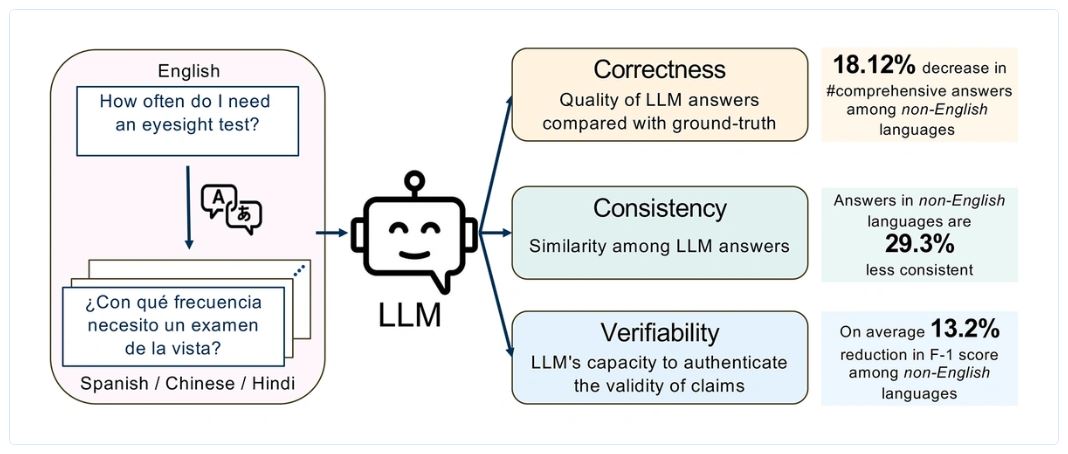
(Source: explodingtopics.com)
Conclusion
Multilingual capabilities of ChatGPT are very capable, with 58 officially supported languages and functional support for around 95 others. But, like any good technology, it is only as good as the data it learns from. It performs proficiently in English, Spanish, Chinese, and other major languages, but not so proficiently in underrepresented dialects and low-resource languages. Efforts are underway to close this gap and take the AI to classes, cultures, and communities alike.
Sources
FAQ.
Yes, ChatGPT can understand and generate text in more than 95 languages, with official support provided for 58 languages, the native languages of approximately 4.5 billion people worldwide.
The system is entirely written in Python while employing the PyTorch deep learning framework. It generates answers in many languages, but internally, it’s all Python code.
ChatGPT is best at English and other major languages due to the large volume of training data available for those languages. There may be less good performance in less commonly spoken or low-resource languages.
Yes, ChatGPT translates text between the supported languages. But for complex or highly nuanced translations, specialised translation tools might be able to give you a little better accuracy.
The trustworthiness of ChatGPT for non-English languages depends on the possibility of its being employed as training data. Such an occurrence, though, is probably more frequent in most common languages, whereas for less-known languages, its presence as a training example might be less.

Tajammul Pangarkar is the co-founder of a PR firm and the Chief Technology Officer at Prudour Research Firm. With a Bachelor of Engineering in Information Technology from Shivaji University, Tajammul brings over ten years of expertise in digital marketing to his roles. He excels at gathering and analyzing data, producing detailed statistics on various trending topics that help shape industry perspectives. Tajammul's deep-seated experience in mobile technology and industry research often shines through in his insightful analyses. He is keen on decoding tech trends, examining mobile applications, and enhancing general tech awareness. His writings frequently appear in numerous industry-specific magazines and forums, where he shares his knowledge and insights. When he's not immersed in technology, Tajammul enjoys playing table tennis. This hobby provides him with a refreshing break and allows him to engage in something he loves outside of his professional life. Whether he's analyzing data or serving a fast ball, Tajammul demonstrates dedication and passion in every endeavor.


